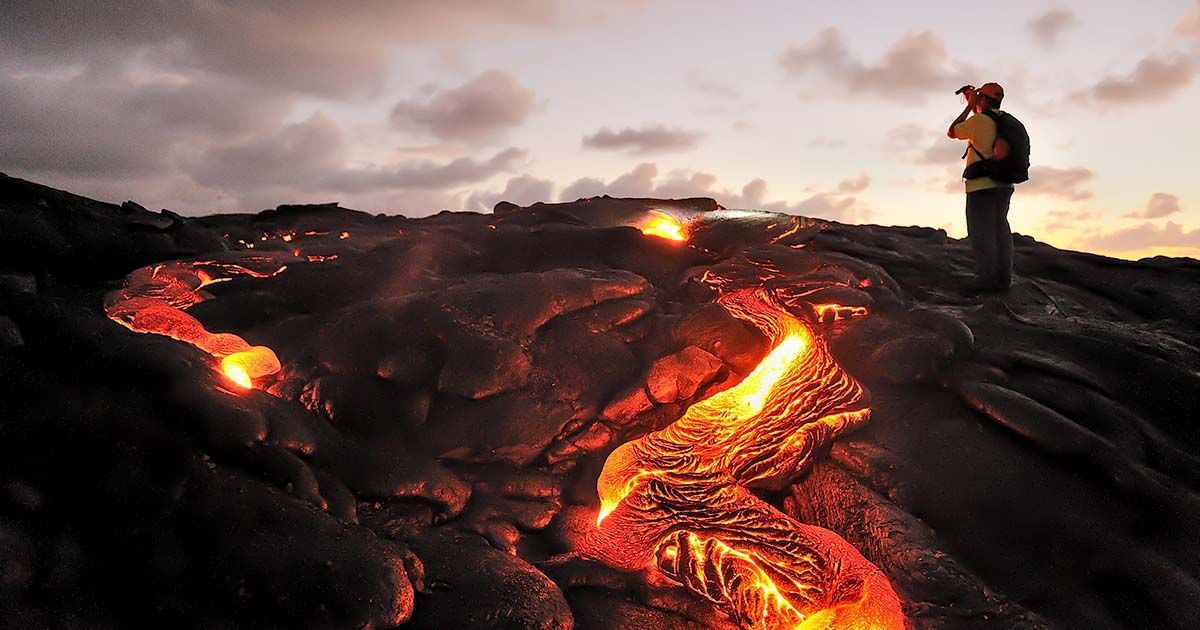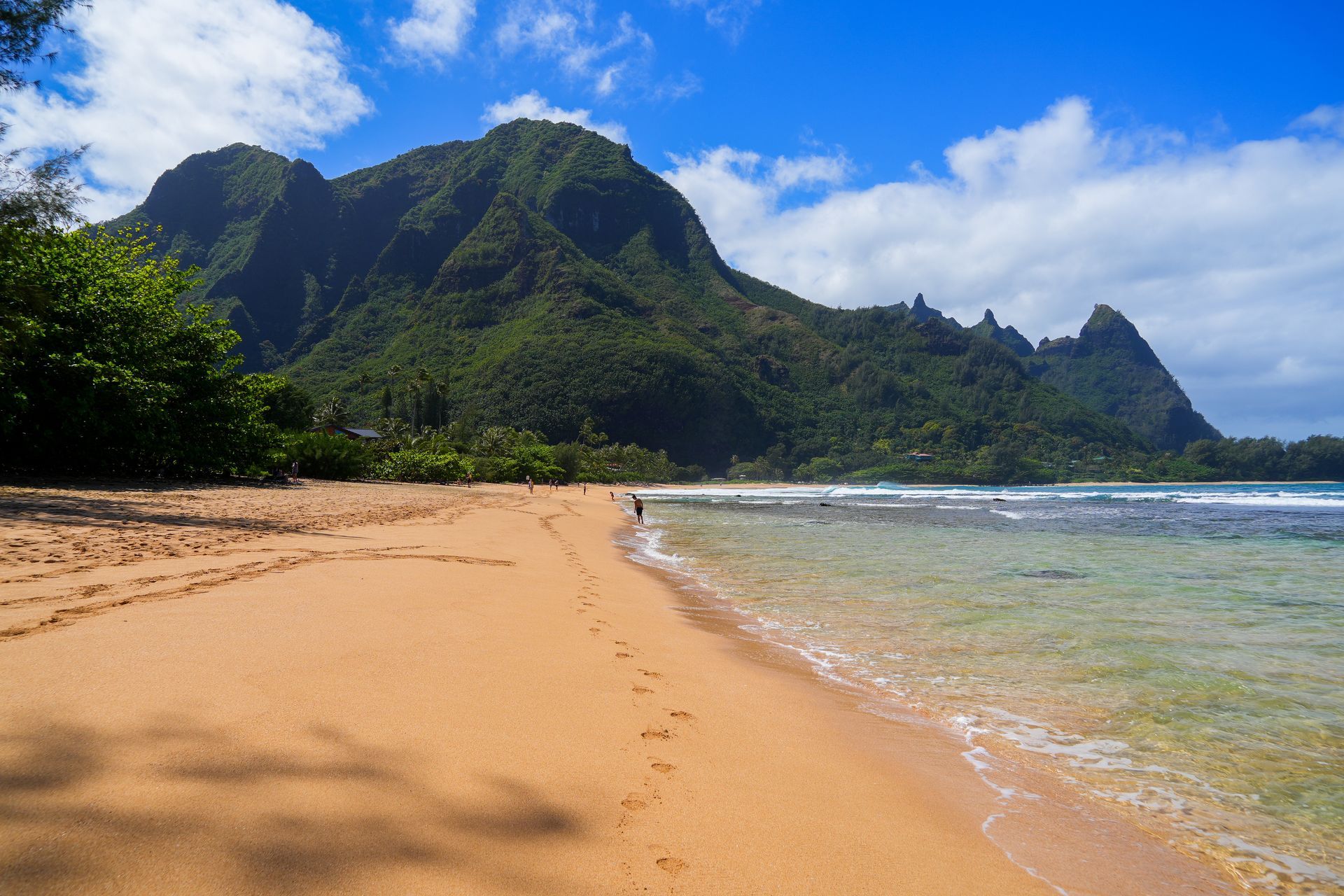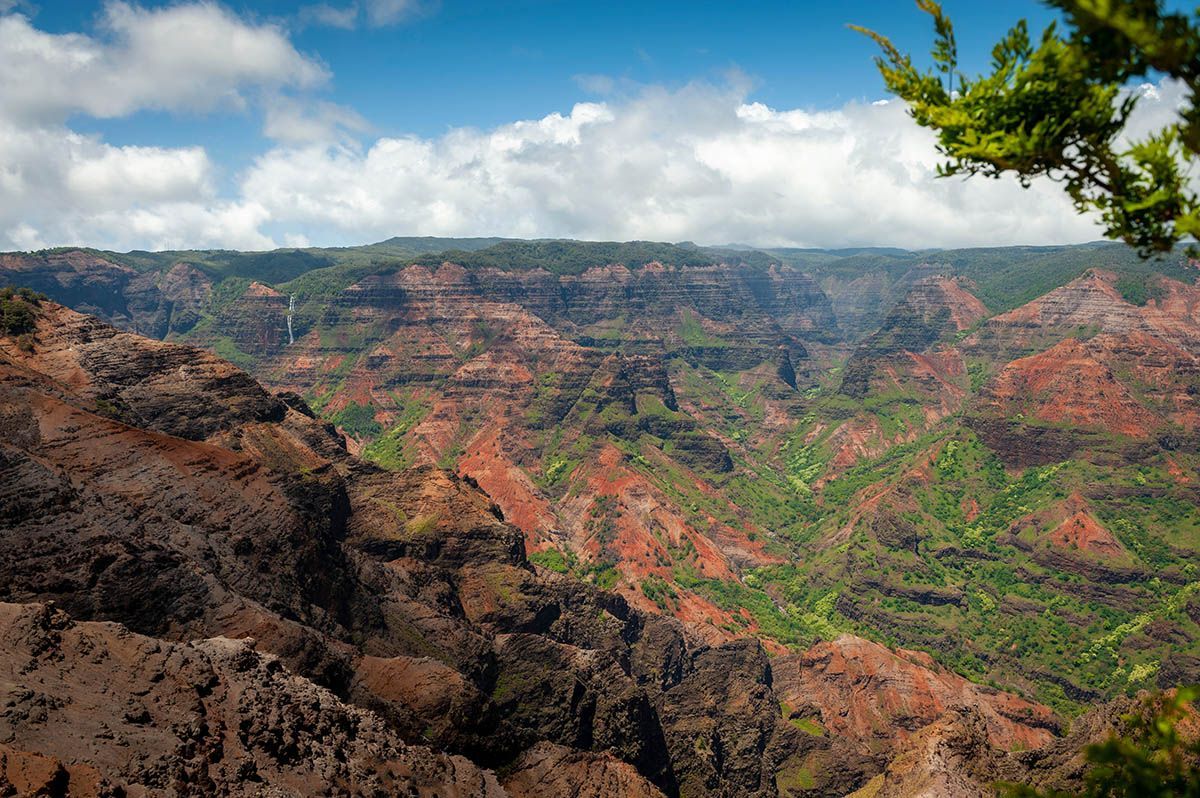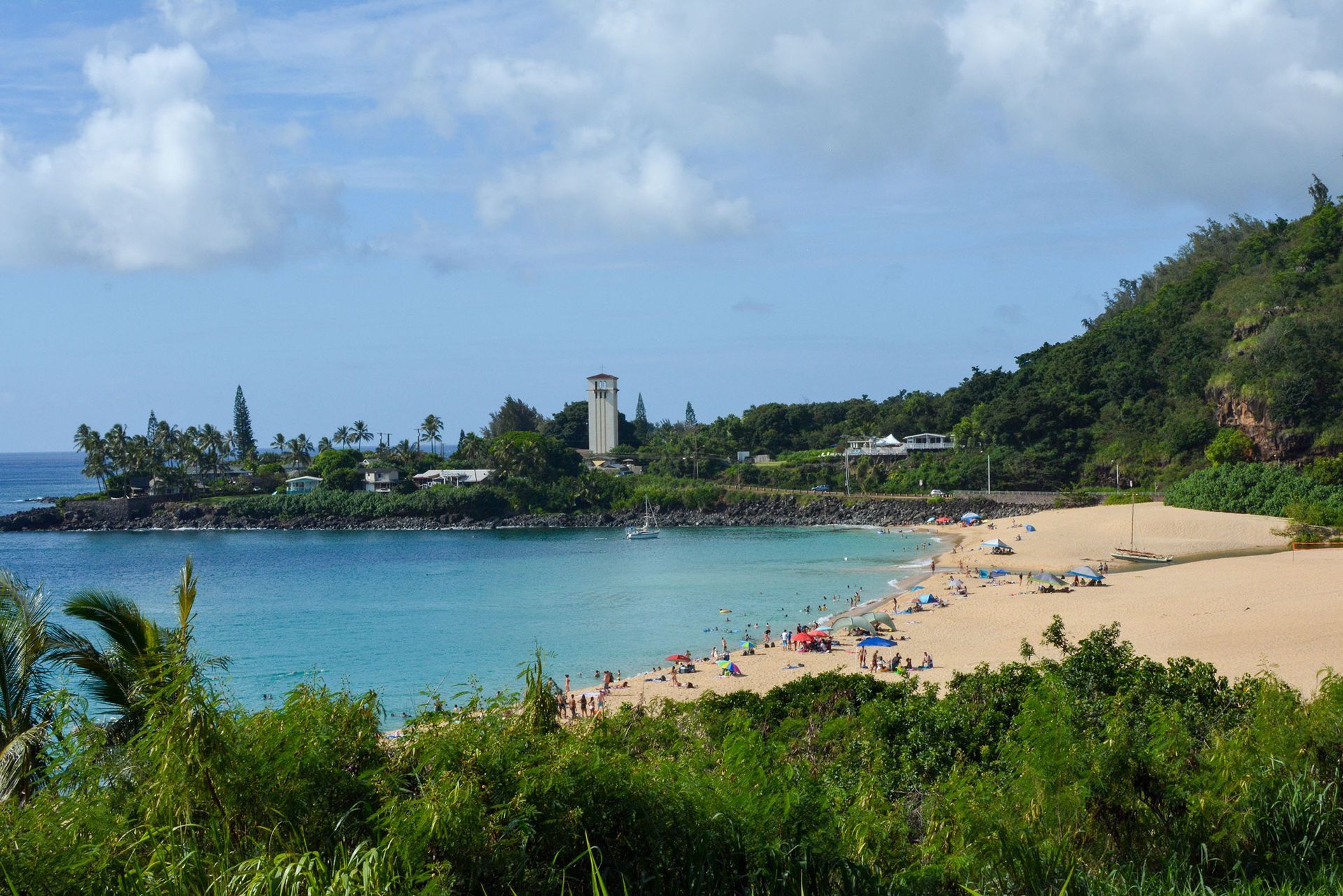Seven Things Holo Holo Charters Wants You to Know About Humpback Whales

By Kent Coules, Publisher
Koholã, Hawaiian for Humpback whales, are seen regularly off the coasts of Hawai‘i from December through April, although occasional sightings can occur from mid-October through early June. You can experience incredible acrobatic displays by these gentle giants who migrate over 3,000 miles to visit Hawai‘i’s warm waters to breed, calve and nurse their young.
Humpback whales are inquisitive and will often approach boats, giving tour operators like Holo Holo Charters on Kaua‘i a chance to wow guests with spectacular demonstrations of some of breaching, blows, head rises, and tail slaps. During peak season, regular surface activity is almost a guarantee when on Holo Holo’s daily boat tours.
Holo Holo Charters shows respect for these magnificent creatures by voluntarily participating in the NOAA sponsored Dolphin Smart program which ensures safe and responsible viewing of marine life.
Seven Interesting Facts About Humpback Whales
1. Whale songs can be heard up to 20 miles away.
Whales are well known for their conversations with each other, and the humpback is no exception. Because there is so much space in the ocean, different whale groups will often live far away from each other. This means that they need to be able to speak to each other over long distances. Each song can last up to 20 minutes, and they can sing the same song repeatedly for hours on end. It is only the males that partake in the singing, with the females remaining silent.
2. Humpback whales have enormous pectoral fins.
Their pectoral fins can be up to one-third the length of their bodies. Their fins are the largest of any cetacean.
3. Humpback whales fast for up to six months.
That’s right. These whales are crash dieters. In northern waters during the summer, humpbacks feed on krill and small fish. From the time they migrate south for the winter until the time they return, they don’t eat. That’s why the pregnant females are the last to leave; they gorge until the last minute (“krill cravings”).
4. Females are larger than males—up to 10 feet longer!
That doesn’t mean the males are small by any measure, but females can grow to over 50 feet in length.
5. No two fins are alike.
The unique markings on the underbellies of the humpbacks are like fingerprints to humans- they allow researchers to identify individual whales.
6. Humpbacks hunt in coordinated groups using a technique called “bubble net feeding”
Humpback whales don’t often get together in large groups, but this doesn’t mean that they are unsociable. When they do get together, they will occasionally help each other out in quite a novel way. As intelligent animals, they are able to work together as a group, and often to great effect. Their blowholes allow them to blow bubbles and, when used in a certain way, it can make for a very efficient hunting tool.
When a group of Humpbacks finds a school of fish, they will begin to circle it. Working as a team, they will use their presence and their bubbles to herd the fish into ever tighter groups. Keeping the fish tightly herded, the whales then take turns to feed on the dense ball of fish. Such is the effectiveness of this technique that they can devour vast schools of fish in a single sitting.
7. Earwax determines age
Never mind the size of the Q-Tips. Earwax in whales acts much like rings in trees in determining age. Each migration adds a layer of earwax.
BONUS FACT: There are concerns about the size and stability of the Humpback population
Like other large whales, the humpback was and is a target for the whaling industry. Due to over-hunting, its population fell by an estimated 90% before a whaling moratorium was introduced in 1966. Once hunted to the brink of extinction the humpback whale population has since partially recovered with at least 80,000 humpback whales worldwide. Entanglement in fishing gear, collisions with ships, and noise pollution remain concerns.
Scientists have also become concerned in recent years over declining numbers observed in Hawai‘i, although there are still 12,000 whales expected to “winter” here this year. Some researchers believe that warmer water temperatures in Alaska have affected their food chain.
One thing is for certain: Observing whales up close in their natural habitat is an experience one never forgets. Holo Holo Charters in Kaua‘i has been creating memories for their guests for over 20 years.
[Mahalo to Holo Holo Charters for providing us with some of the content for this piece]










